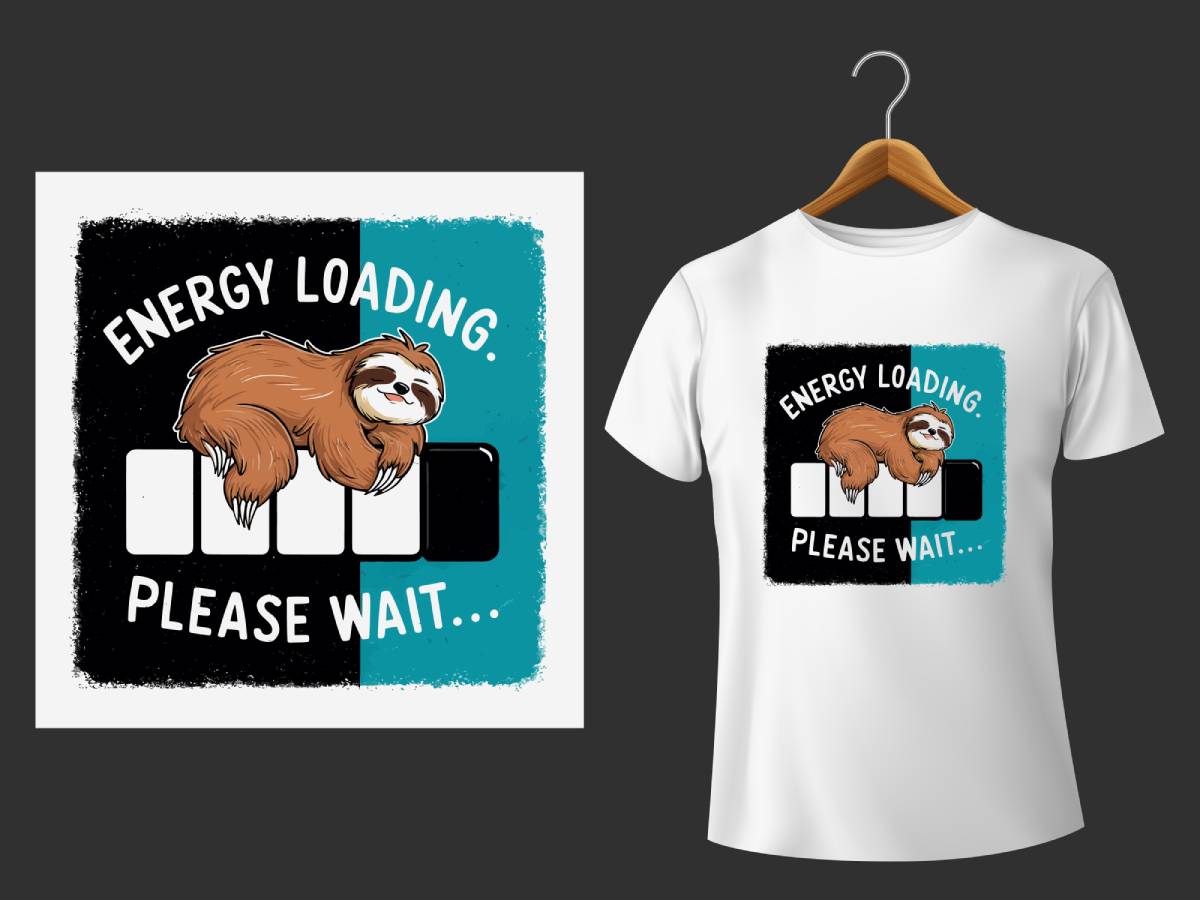
Essential Tips for Perfect DTF Transfers
Choosing the Right Materials for DTF Transfers
Using high-quality materials is crucial for achieving flawless DTF transfers. The type of film, ink, and adhesive powder directly impacts the final result. Inferior products may lead to poor adhesion, dull colors, or peeling after washing. Selecting premium-grade DTF transfer materials ensures vibrant, durable prints that maintain their appearance over time.
Optimizing Printer Settings for DTF Transfers
Fine-tuning printer settings is key to obtaining sharp and consistent DTF transfers. Ensuring proper ink saturation, resolution, and color calibration allows for precise detail and vibrant colors. Experimenting with different configurations can enhance the quality of the DTF transfer process, leading to professional-grade results with minimal adjustments.
Applying Adhesive Powder Correctly for DTF Transfers
Adhesive powder plays a significant role in the success of DTF transfers. Applying an even layer ensures proper bonding to fabric and prevents peeling or fading. Uneven distribution of adhesive can lead to weak adhesion, affecting the durability of the DTF transfer. Taking time to evenly coat the design improves longevity and visual appeal.
Mastering Heat Press Techniques for DTF Transfers
Using the right heat press settings is essential for securing DTF transfers onto fabric. Temperature, pressure, and press time must be precisely controlled to avoid issues like incomplete adhesion or over-pressing. Properly adjusting the heat press ensures that DTF transfer prints remain smooth, vibrant, and resistant to wear.
Fabric Preparation and Care for DTF Transfers
Prepping fabric before applying DTF transfers enhances adhesion and prevents defects. Removing dust, moisture, and lint ensures a clean surface for application. After printing, following washing guidelines such as cold water cycles and avoiding harsh detergents helps maintain the quality of the DTF transfer for extended use.
Common Mistakes to Avoid in DTF Transfers
Errors in DTF transfers can compromise print quality and durability. Some common mistakes include incorrect heat press settings, uneven adhesive application, and low-quality materials. Avoiding these pitfalls and following best practices ensures a smooth, long-lasting DTF transfer that stands up to regular use and washing.
Conclusion
Achieving high-quality DTF transfers requires attention to detail at every stage of the process. From selecting the best materials to mastering heat press techniques, every step contributes to the final result. By following these essential tips, businesses and designers can ensure that DTF transfer prints remain vibrant, durable, and professional in appearance.
Frequently Asked Questions
-
What is a DTF transfer?
- A DTF transfer is a digital printing method that applies designs onto fabric using a specialized film and adhesive powder.
-
How do I improve DTF transfer durability?
- Using high-quality materials, ensuring proper heat pressing, and following correct washing guidelines enhance durability.
-
Can DTF transfers be applied to any fabric?
- Yes, DTF transfer technology works on cotton, polyester, blends, and various synthetic fabrics.
-
What temperature should I use for DTF transfers?
- The ideal temperature varies but typically falls between 300-325°F for best adhesion.
-
How do I prevent DTF transfers from peeling?
- Evenly applying adhesive powder and using correct pressure and heat settings prevent peeling.
-
Are DTF transfers better than screen printing?
- DTF transfers offer more vibrant colors, superior durability, and greater flexibility compared to screen printing.
-
What is the best way to wash DTF transfer prints?
- Wash in cold water with mild detergent and avoid high heat drying to maintain print quality.
-
How can I prevent ink bleeding in DTF transfers?
- Proper curing and using high-quality ink and film reduce ink bleeding issues.
-
Can DTF transfers be layered for multicolor prints?
- Yes, DTF transfers can be layered to create detailed and colorful designs.
-
Is DTF transfer printing cost-effective?
- Yes, DTF transfer printing eliminates expensive setup fees and minimizes material waste, making it a budget-friendly option.






